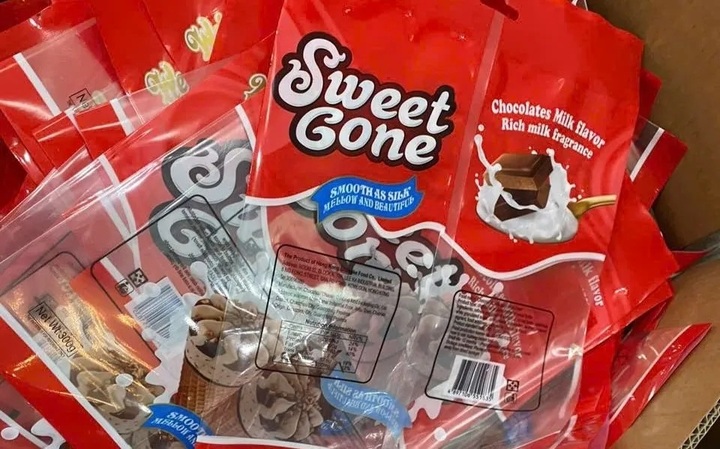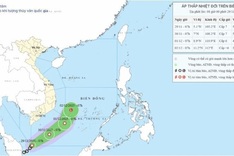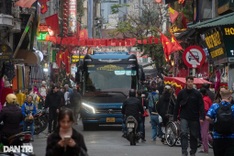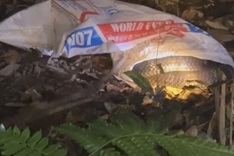
Cuong uses pre-printed packaging marked as imported from Japan and South Korea for his counterfeit sweets.
Authorities found that Cuong had illegally manufactured and packaged six tonnes of counterfeit fruit-flavoured sweets labelled as products from Japan and South Korea, which he then distributed.
According to the investigation, in early 2024, Cuong identified a high demand in Hanoi for foreign confectionery. By November 2024, he had devised a plan to produce fake sweets for sale during the Lunar New Year holiday.
Cuong found an online supplier offering wholesale sweets and pre-printed packaging marked as imported from Japan and South Korea. Upon contacting the seller, he was assured that the brand names printed on the packaging were entirely fictional and not registered trademarks, so there would be no legal issues regarding intellectual property rights or counterfeiting.
Cuong then purchased raw candy from China at VND 300,000 (approximately USD 12) per 10-kilo box and pre-printed plastic bags for VND 100,000 (approximately USD 4) per kilo. He bought around six tonnes of candy and 345 kilos of packaging materials.
The production process occurred manually at La Phu Industrial Cluster in La Phu Commune, Hoai Duc District. Cuong filled the sweets into plastic bags weighing between 200g and 300g, bearing labels from six different well-known confectionery brands. The packaging designs closely mimicked those of popular imported products to deceive consumers.
He then used a heat-sealing machine to seal the bags and a date printer to print expiry dates on the packaging, turning the fake products into what appeared to be legitimate goods with falsely claimed origins from Japan and South Korea.
From November 2024 until his arrest, Cuong produced over 25,000 bags of sweets, with an estimated market value of nearly VND 430 million (approximately USD 17,000).
All unsold products and remaining raw materials have been seized by police for investigation.




















